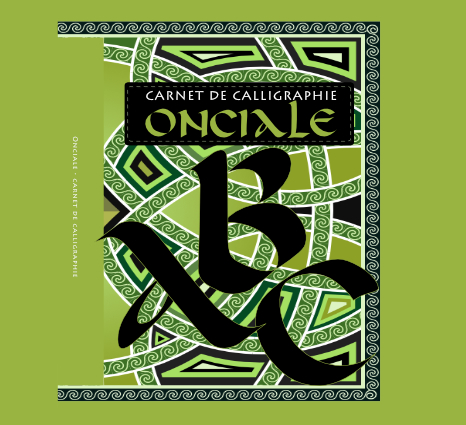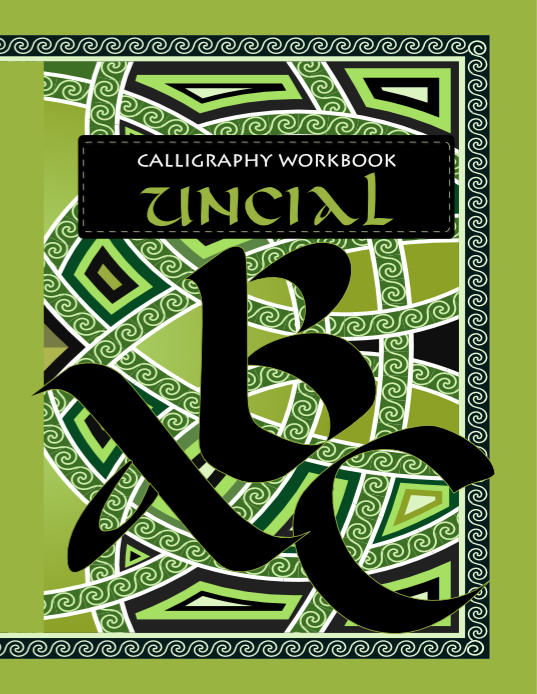Uncial
Share This Class:
Overview
Uncial calligraphy is a script written entirely in capital letters, dating from about the 4th century AD. Its rounded letters make it particularly pleasing to the eye.
This course was designed to be used with a 3.8 mm parallel pen, although any 4 mm wide broad nib will do the trick. All the worksheets are supplied as a PDF to be printed.
After watching the video demonstration, you will practise the letter formation on worksheets. Of course, you can print off as many as you need to master the process! I have included several small projects for you to do throughout the course in order to put into practice what you’ve learned.
Of course, learning calligraphy has many “side effects”, too. It is a wonderful moment when we are concentrated entirely on the task at hand (so to speak); every day worries and preoccupations are pushed to the back of our mind for the time being.
It has been demonstrated that activities such as calligraphy help improve neuroplasticity. If you’re 30, that’s not a big deal for you yet … but if you’re older than that, you can consider practising calligraphy as good exercise for your brain!
Plus … a touch of calligraphy in our day-to-day life is a touch of beauty. And there’s never too much of that!
So, grab your pen and sign up now!
Completing this course will help you:
- Draw beautiful uncial letterforms
- Address a splendid envelope to a friend
- Get familiar with a one-case alphabet
- Make practical use of the skills learned
Who is the course for?
All calligraphers, of any age and at any level of expertise.
Previous calligraphy experience is not essential. All you really need is a desire to learn and time to practise.
Learning Path
12 modules – about 1 hour of video presentation
After some warm-up exercises, you’ll learn to calligraph each letter.
Two class projects are included:
- a bookmark
- a card.
In fact, a third project is proposed … but I’ll not “spill the beans” here!
The class was designed to be done with a 3.8 mm parallel pen (the one with the green cap). If you prefer, you may used a 4 mm broad (or oblique) nib instead.
- Uncial was used in Latin and Greek manuscripts from the 4th to the 8th centuries
- The Book of Kells (Trinity College, Dublin) contains magnificent texts written in uncial
- Uncial is part of the larger “Insular Script” family (which also includes half-uncial, set minuscule, cursive minuscule, current minuscule)
What people are saying



